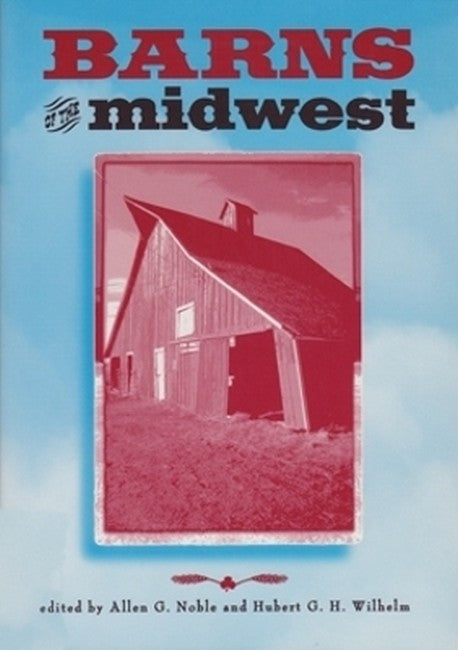Allen G. Noble, is a geographer and distinguished emeritus professor at the University of Akron. Hubert G. H. Wilhelm was a distinguished professor of geography at Ohio University. He died in 2015. Timothy G. Anderson is an associate professor of geography at Ohio University.
Request Academic Copy
Please copy the ISBN for submitting review copy form
Description
"Barns of the Midwest brings together a number of authorities in a series of essays on that region's remarkable contributions to the American barn, with particular attention given to twentieth-century developments. As the authors note, 'what better structure than the barn to tell America's story of the variety in its ethnic and regional traditions, environmental characteristics and land uses.'" (Journal of the Society of Architectural Historians) "(Barns of the Midwest) not only assembles a collection of important essays that enhance the understanding of barn scholarship, but also it is a clarion call to Americans to develop strategies to save this vanishing building." (Illinois Historical Journal) "While many books on barns have focused on their inherent beauty, Barns of the Midwest chronicles all facets of barn construction, function, heritage, and geographic distribution. Editors Allen G. Noble and Hubert G. H. Wilhelm, both well known in the agricultural history field, have successfully brought together other specialists to compile this scholarly book.... (D)eserves to be read by all serious enthusiasts of agricultural history." (Indiana Magazine of History) "The scholarship of the essays is uniformly high. All are well documented and illustrated with excellent black and white photographs...the best essays combine architectural information with the context of nineteenth and early twentieth century farming and rural culture." (Ohioana Quarterly)

